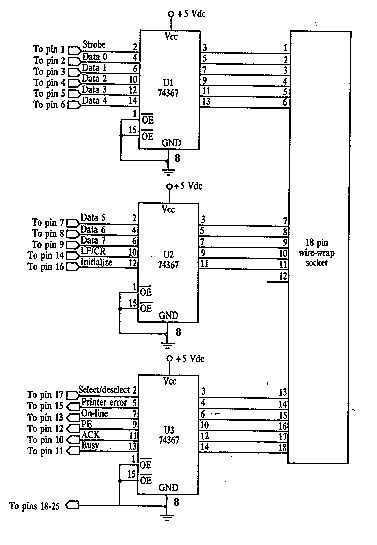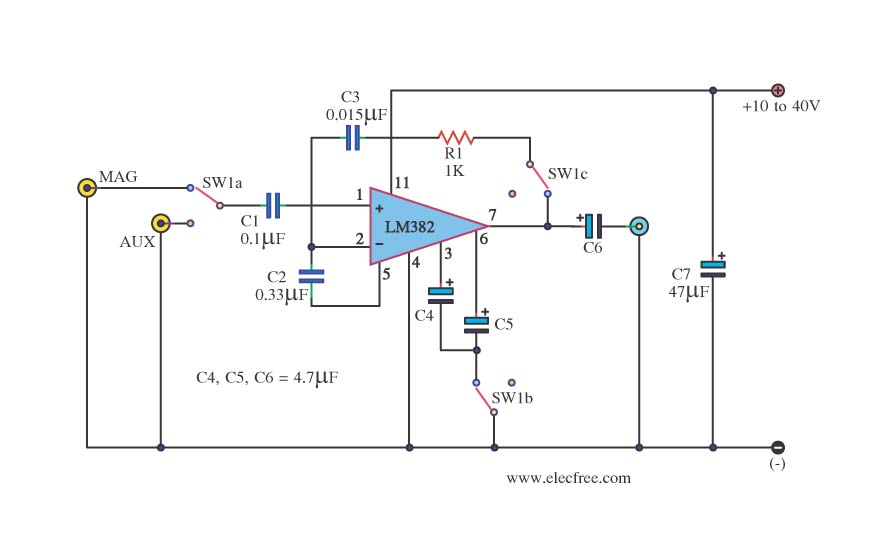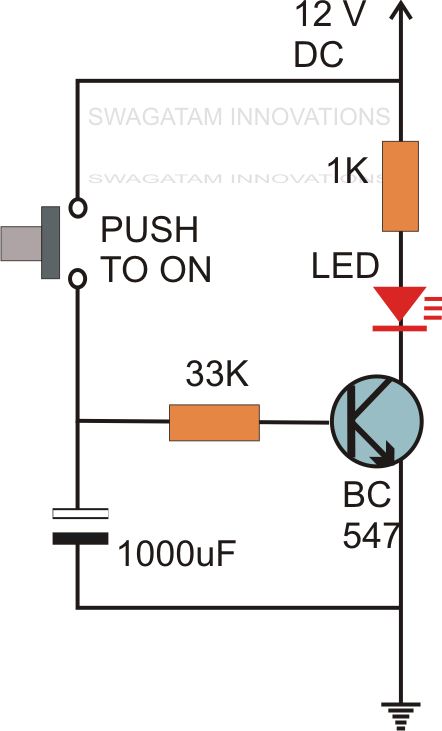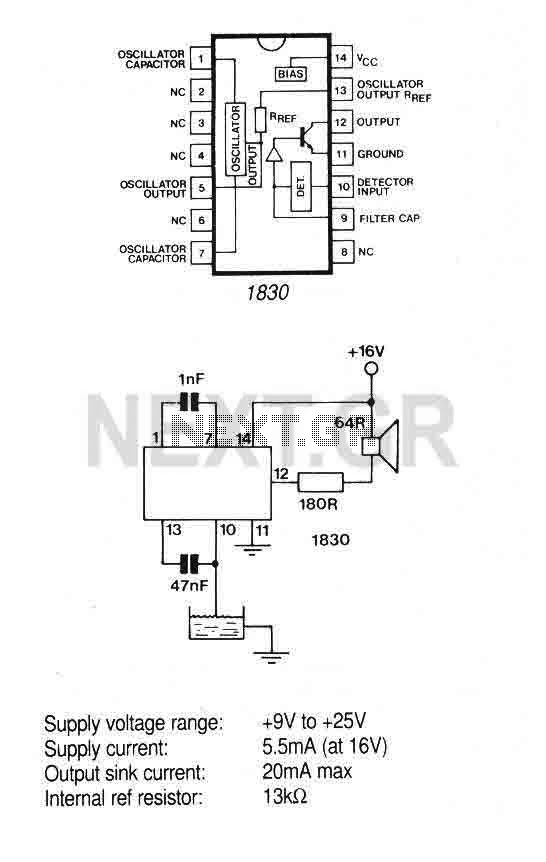
Simple Battery Level Indicator

This document presents a circuit diagram for a simple and easy-to-construct battery level indicator. Typically, in mobile phones, battery levels are shown in either dot or bar format, allowing users to easily recognize the battery status.
The battery level indicator circuit is designed to visually represent the remaining charge in a battery, commonly used in portable devices such as mobile phones. The circuit generally employs a series of LEDs to indicate different levels of battery charge. For example, a common configuration may include three LEDs, which light up in sequence as the battery voltage decreases.
The circuit typically consists of a voltage divider, which scales down the battery voltage to a level suitable for the LEDs. The voltage divider is composed of two resistors, R1 and R2, connected in series across the battery terminals. The junction between the two resistors provides a voltage that varies with the battery's charge level. This voltage is then fed into a comparator or a microcontroller that determines which LED should be turned on based on the voltage level.
The LEDs are connected to the output of the comparator or microcontroller, with each LED representing a specific voltage range. For instance, if the battery voltage is above a certain threshold, the green LED may light up, indicating a full charge. As the voltage drops, the yellow LED might activate to indicate a medium charge level, and finally, the red LED would illuminate when the battery is low.
In addition to the basic components, the circuit may include a potentiometer to calibrate the voltage thresholds for each LED, ensuring accurate representation of the battery level. A resistor in series with each LED is also necessary to limit the current flowing through the LEDs, preventing damage and ensuring longevity.
Overall, this battery level indicator circuit is a straightforward and effective solution for monitoring battery status in various electronic devices, providing users with a clear visual indication of remaining power.Here the circuit diagram of simple and easy made battery level indicator. In general, in mobile phones, the battery levels is displayed in dot or bar style. This helps you to effortlessly acknowledge the battery level. On this page we provi.. 🔗 External reference
The battery level indicator circuit is designed to visually represent the remaining charge in a battery, commonly used in portable devices such as mobile phones. The circuit generally employs a series of LEDs to indicate different levels of battery charge. For example, a common configuration may include three LEDs, which light up in sequence as the battery voltage decreases.
The circuit typically consists of a voltage divider, which scales down the battery voltage to a level suitable for the LEDs. The voltage divider is composed of two resistors, R1 and R2, connected in series across the battery terminals. The junction between the two resistors provides a voltage that varies with the battery's charge level. This voltage is then fed into a comparator or a microcontroller that determines which LED should be turned on based on the voltage level.
The LEDs are connected to the output of the comparator or microcontroller, with each LED representing a specific voltage range. For instance, if the battery voltage is above a certain threshold, the green LED may light up, indicating a full charge. As the voltage drops, the yellow LED might activate to indicate a medium charge level, and finally, the red LED would illuminate when the battery is low.
In addition to the basic components, the circuit may include a potentiometer to calibrate the voltage thresholds for each LED, ensuring accurate representation of the battery level. A resistor in series with each LED is also necessary to limit the current flowing through the LEDs, preventing damage and ensuring longevity.
Overall, this battery level indicator circuit is a straightforward and effective solution for monitoring battery status in various electronic devices, providing users with a clear visual indication of remaining power.Here the circuit diagram of simple and easy made battery level indicator. In general, in mobile phones, the battery levels is displayed in dot or bar style. This helps you to effortlessly acknowledge the battery level. On this page we provi.. 🔗 External reference





